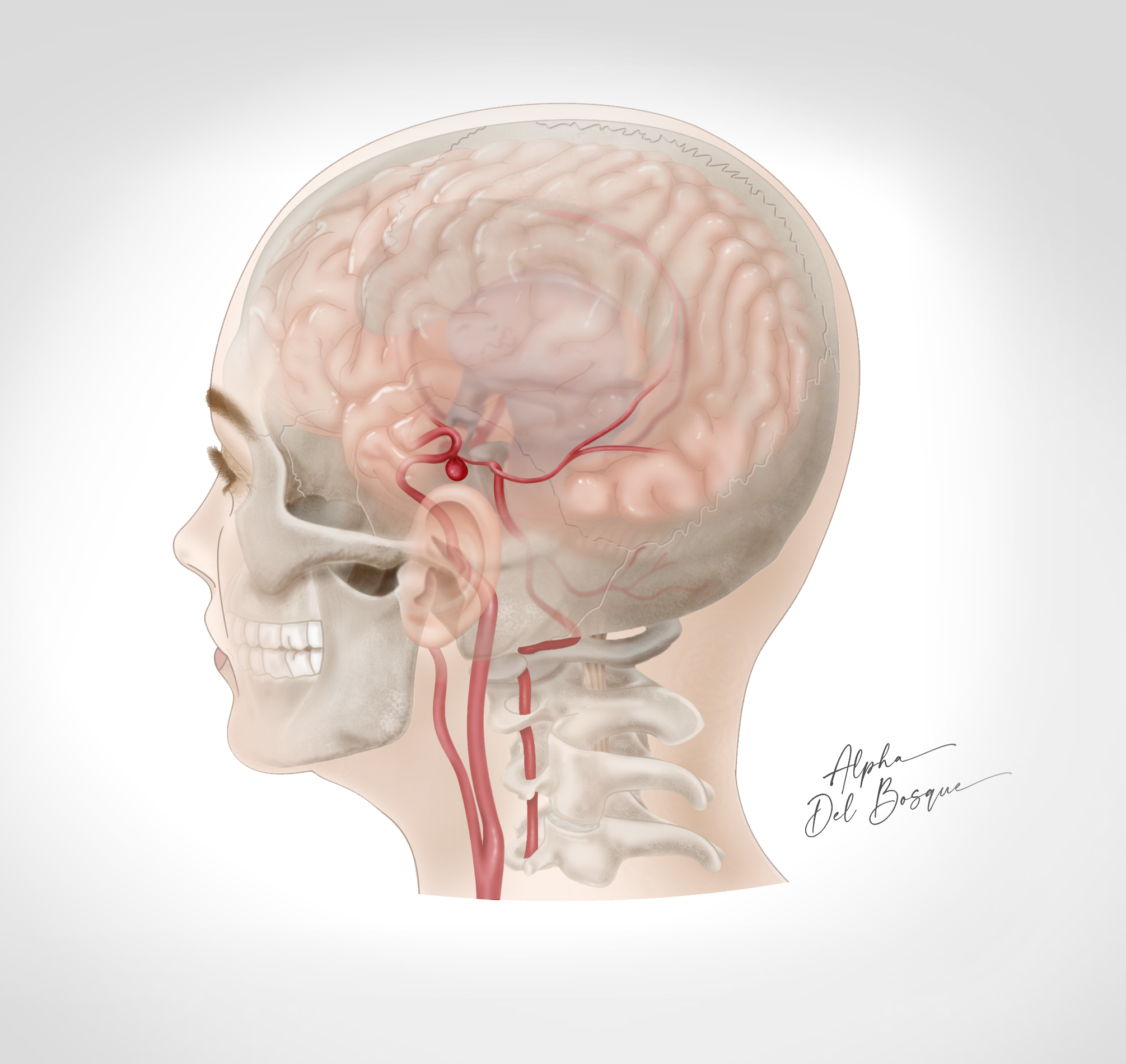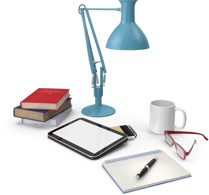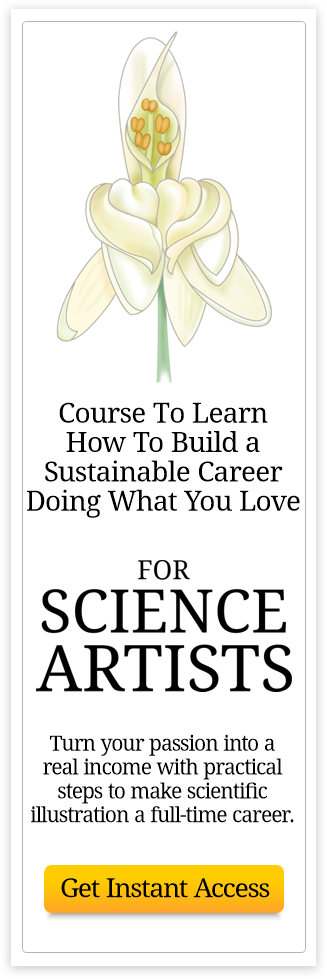
Is the Scientific Illustration Career Truly Recognized?
Have you ever wondered why ecologists, environmentalists, and researchers sometimes choose designers who aren’t specialized in science for their visuals?
Many researchers aren’t even aware that scientific illustrators exist as a unique profession! Through my own research and surveys, I’ve discovered a surprising gap: the scientific community—our core audience—often doesn't realize the value we bring to their projects.
This lack of awareness can lead to hiring non-specialized professionals, which might result in illustrations that miss the mark scientifically.
Even more concerning is that some scientists seem to think scientific illustration is a "dead profession." They may question its relevance in today's world, where digital tools and photography are so widespread.
This misunderstanding is a challenge, but also an opportunity for us to step up and educate the very people who could benefit most from our skills.
The Gap in Awareness
One key reason this gap may exists is that some of them have a decent level of drawing ability themselves.
Many scientists enjoy drawing or sketching as part of their process, and if they feel confident enough in their skills, they might not see the need to bring in a specialized illustrator.
Similarly, scientists who discover a colleague with good drawing skills may simply hire them for their own projects, without considering the unique value a trained scientific illustrator can provide.

Another reason this gap exists may be that the scientific community hasn’t always been exposed to what scientific illustrators can do. Many scientists are reluctant to use illustrations in their work because they’ve never worked with someone who understands both the scientific and artistic sides of visual communication.
Instead, they may turn to general graphic designers, illustrators or photographers who don’t have a deep understanding of science, resulting in visuals that don’t fully capture the essence of the research.
For example, I once reached out to an environmental association because I noticed they were using famous illustrators in their campaigns, but none were specialized in science.
While I understand that famous illustrators can capture public attention, the precision and accuracy that scientific illustrators bring to the table are essential—especially when communicating complex environmental issues.
There are many well-known scientific illustrators who could combine both fame and the technical expertise needed to convey the correct scientific message.
The Importance of Promoting Our Services
To close this gap, it’s crucial that we, as scientific illustrators, actively promote our services.
Publicizing what we do helps scientists understand that we aren’t just “artists”—we are specialists who bridge the gap between scientific knowledge and public understanding. Illustrations can play a powerful role in disseminating scientific research to broader audiences.
Take, for instance, the case of brain aneurysms. Patients often struggle to fully grasp this complex medical condition when explained through words alone.
However, when presented with a detailed scientific illustration of a brain aneurysm—showing the weakened blood vessel, its location, and the potential risks—it becomes much easier for them to visualize the problem and understand their treatment options.
By using clear, accurate visuals, scientific illustrators can make even the most complicated concepts accessible and less intimidating for patients and the general public.

Illustration by Alpha Del Bosque
To make this happen on a larger scale, scientists need to be aware of what we offer. That means actively educating them on the value of using skilled illustrators for their work.
This not only elevates the quality of scientific communication but can also lead to more successful research projects and outreach efforts.
Simple Marketing Strategies to Spread the Word
So, how can we start raising awareness and positioning ourselves as essential collaborators in scientific research? Here are a few straightforward strategies that can help:
1. Build a Strong Portfolio: Your portfolio should highlight not just your artistic talent but your ability to convey complex scientific concepts accurately.
Make sure to feature work that demonstrates your expertise in specific fields, whether it’s ornithology, botany, or paleontology. When scientists see work that resonates with their own research, they’ll start to understand the value you bring.


2. Network with Scientists: Attend scientific conferences, webinars, and workshops where you can meet researchers who might benefit from your services.
Engaging in these spaces allows you to make direct connections and showcase your work in a context that matters to them.
3. Develop a Social Media Presence: Platforms like Instagram, Twitter, and LinkedIn can be valuable tools for sharing your work and connecting with the scientific community.

Posting behind-the-scenes looks at your process or collaborating with science communicators can help build your visibility.

4. Share Case Studies: Scientists love data and results. If you’ve worked on a project that made a difference, share the story!
Show how your illustrations improved comprehension, engagement, or even funding for the project. Real-life examples speak volumes and can convince others of your value.
Why Scientific Illustration Matter More Than Ever
Scientific illustration isn’t a dying profession; if anything, it’s more relevant than ever. In a world overwhelmed with information, visuals help cut through the noise.
They simplify complex ideas, making them digestible and compelling for both the scientific community and the general public. When done well, illustrations serve as powerful tools for science, translating the intricacies of research into something visually captivating.
This not only helps in academic circles but is vital in outreach and public education. By publicizing what we do, we can help scientists achieve their goals more effectively. It’s not just about promoting ourselves—it's about improving the way scientific research is communicated to the world.
Final Thoughts
It’s time to bridge the gap between scientific illustrators and the scientific community. Many scientists don’t fully understand the value we bring to their work, and it’s our job to change that. Start by promoting your expertise, showing your work, and demonstrating the impact that well-crafted visuals can have.
Let’s get the word out and remind the world why scientific illustration is as relevant as ever!
LIKE THIS ARTICLE?
YOU'LL 🧡 THE NEWSLETTER!
Get timely tips to improve your services, land more projects, illustration tips, and more...

